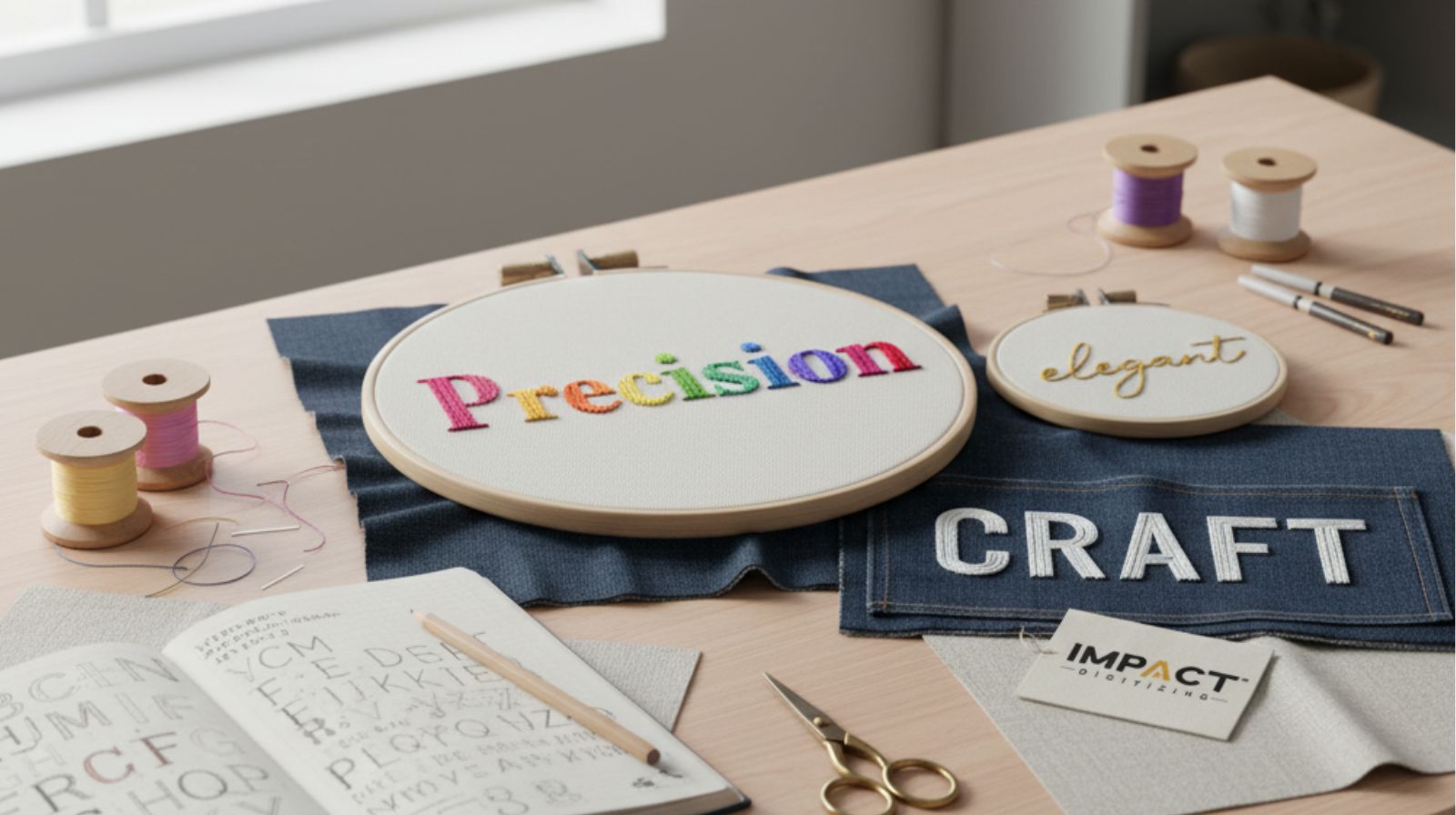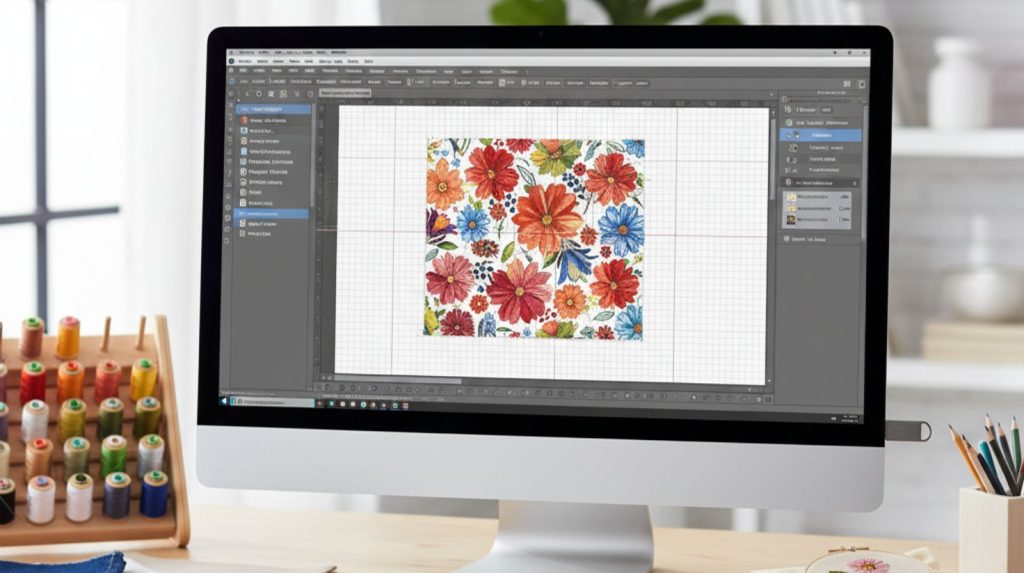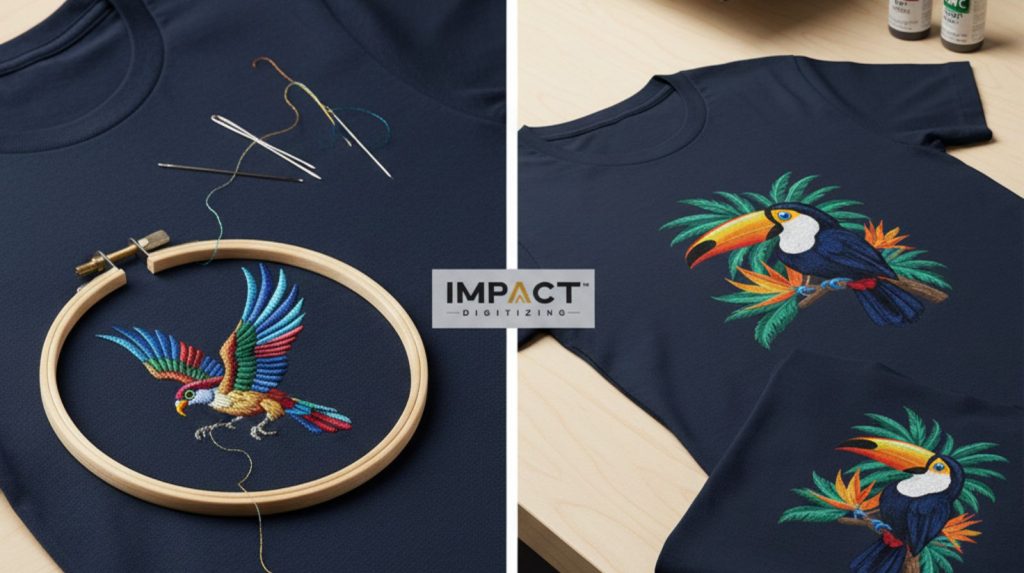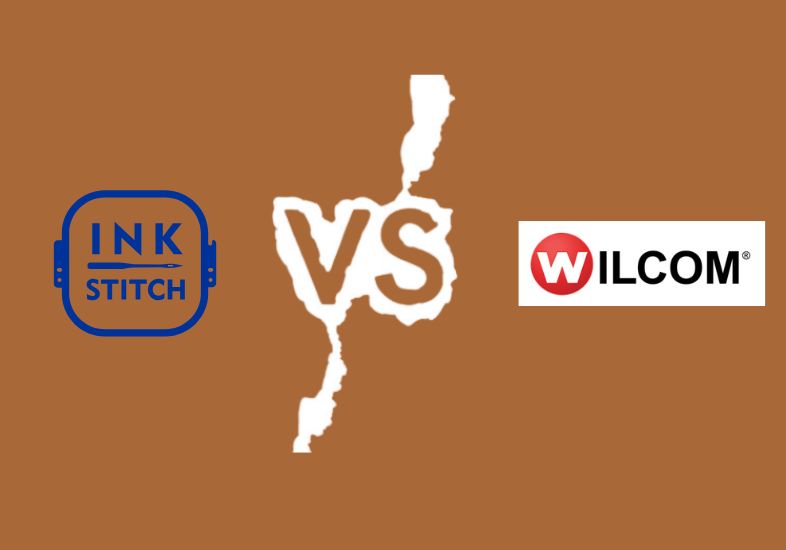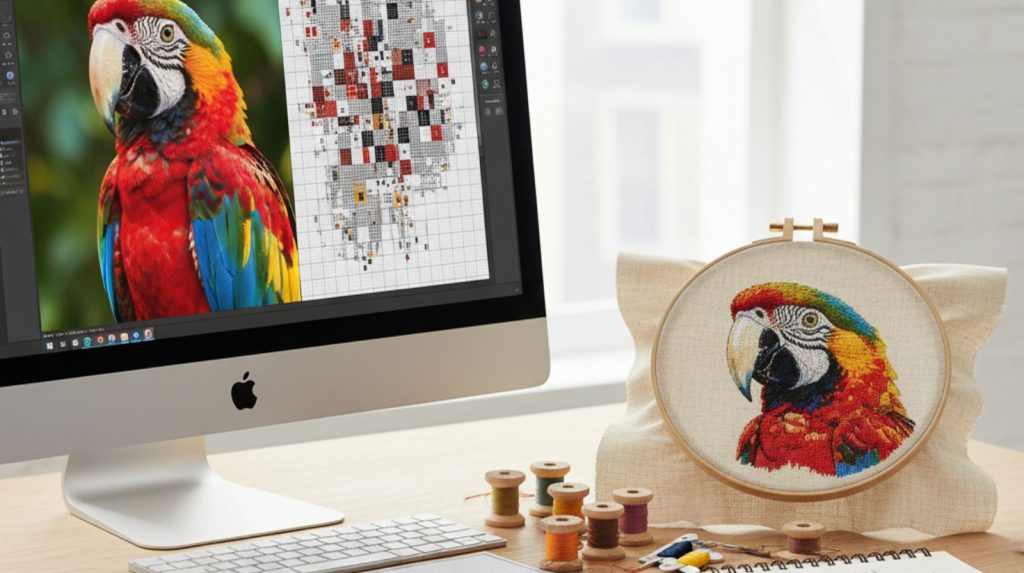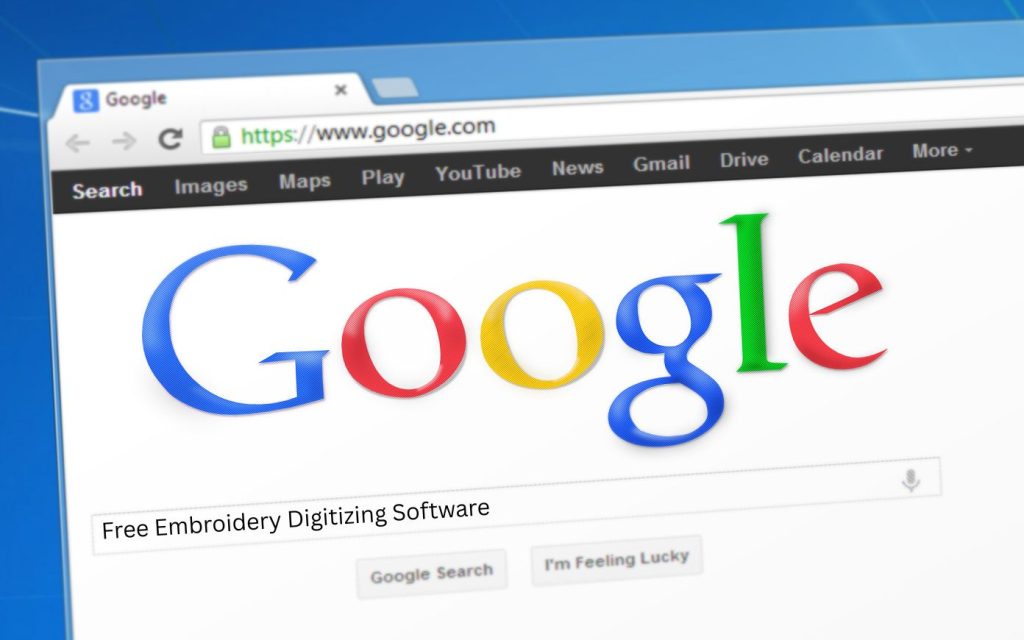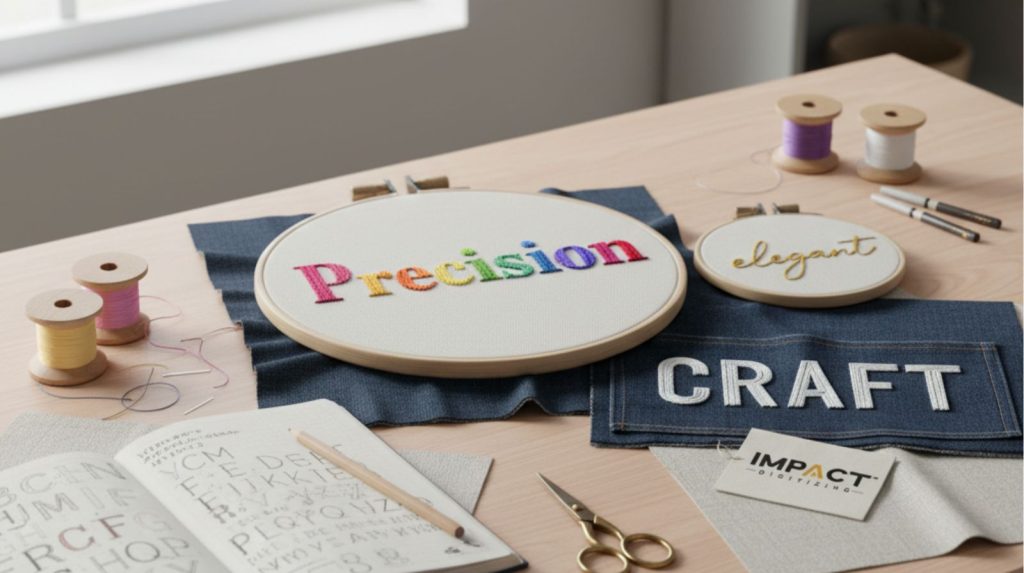Embroidery is a form of art that holds history and traditional value. Today embroidery is used as a tool to engage customers and maximize brand visibility. From bold monograms to elegant script fonts, embroidery remains timeless.
Therefore, choosing the best font for embroidery is essential as it can make or break your outfit. This guide will highlight what fonts are, their types, and how to select the right ones for your project.
Know Your Project Before Picking the Right Font
Generally, a font is a set of characters, such as numbers, letters, and symbols, that share a common design theme. Just like ink is for paper, these fonts are produced with threads on fabric.
Given that the wrong designs and fonts can look messy, tight, or sink into the fabric. A clean embroidery typeface saves thread, time, and stress. Hence, pick the right embroidery fonts, with respect to the type of project, the fabric, and the stitching you are working with. Choosing smart means:
- Clean stitches
- Easy readability
- A polished, professional finish
Explore Popular Font Styles for Embroidery
Here are some common embroidery typeface options to make your project pop:
1. Athletic and Block font
A block font is a typography style characterized by letters that are typically uniform in height and width. They give a solid, sturdy appearance. These are best used when clarity and impact are the main goals.
- Used in: uniforms, sports wear, name patches, sweatshirts, and towels.
- Pros: block fonts are sturdy, easy to read, and have a recognizable design. They have clean and thick lines even when they are stitched on rough and heavy fabrics.
- Cons: they feel heavy or overly detailed on delicate and thin fabrics.
2. Monogram Fonts
Monogram fonts are a group of typefaces that are specifically designed to create decorative initials. They can range in style from classic and elegant to modern and playful. Some even feature special ligatures and embellishments for crafting interwoven letters.
- Used in: branding with logo names, personalizing garments, and other apparel.
- Pros: modern and clean lines. It can be stitched on soft and light fabric as well.
- Cons: less decorative, limited design, and small monograms are barely visible.
3. Engraving Font
These fonts are clean and crisp. This works best for formal and minimal designs, like uniforms or business branding. They have sharp edges, clean lines, and elegant strokes.
- Used in: monograms on robes and towels, corporate logos, gift and name tags.
- Pros: These are timeless, highly readable, and even for smaller sizes.
- Cons: Can be tricky on stretchy or textured fabrics. Not ideal for casual or tricky designs and requires an expert for clean digitalization.
4. Script and Cursive Fonts
These are soft and flowing. These fonts mimic handwriting and give a personal touch to the embroidery.
- Used in: wedding gifts, towels, bags, and other decorative items.
- Pros: elegant and flowing, great for adding personality, and best for special occasions.
- Cons: They can be hard to read in small sizes. Delicate curves may sink into thick fabric and need careful digitizing.
5. Hand Embroidery Fonts
If you do embroidery letters by hand, pick fonts with clear shapes. Avoid tiny loops or heavy curls. This keeps your stitches neat and saves time.
- Used in: Personalized gifts. Small décor items. Practice pieces.Custom home projects
- Pros: Simple and personal. Easy for beginners. Great for small projects.
- Cons: Time consuming. Limited detailing. Not ideal for bulk work.
6. Serif & Sans-Serif Embroidery Typeface
These are the workhorses of embroidery. Serif fonts have small decorative edges, with fonts that are clean and modern.
- Used in: Corporate logos, bags, jackets, and everyday decorative items.
- Pros: simple, clear, and easy to stitch on all fabrics. They are great for formal and casual projects.
- Cons: details tend to get blurred on stretchy fabrics and may look too plain for decorative purposes.
Test the Font Before Finalizing
Test run a sample and never jump straight to the final design. Always test your font for embroidery on a scrap fabric first. Check if the font is easy to read. If not, then change the font or the font type. Next, it is important to select the thread that matches the fabric. And finally, look at the spacing between letters. A quick sample test can save hours of fixing later.
Tips for Choosing the Right Embroidery Fonts
Choosing the right font for embroidery is based on several factors. Here’s a simple checklist to guide your choice:
- Tone of the Design: recognize the project, is it for a formal event, like a wedding, or something casual for everyday use?
- Readability: The font must be clear and easy to read, even when small.
- Fabric Type: Choosing the right fabric is vital. Thicker fabrics can support bolder fonts well, while lighter fabrics might get clustered, affecting the overall aesthetic of the product.
- Stitch count and complexity: Complex fonts can increase the count, which leads to increased cost and time for the embroidery.
- Design Balance: Make sure letters complement your design, not overpower it. Keep it simple and clean.
Where to Find the Best Fonts for Embroidery
Fonts can make or break the vibe of your stitch. The right font can turn a basic thread into a bold statement. That’s why we don’t settle for less; we select the fonts that elevate. Here are a few websites that will help you find the best fonts for your embroidery.
- Creative Fabrica is best for elegant, ready to use script and serif fonts that embroider like a dream.
- Etsy is a home to small creators offering unique, hand-drawn fonts that stand out.
- DaFont & FontSpace is a great place for free fonts.
- EmbroideryDesigns, where fonts are made specifically for embroidery, no headaches, just clean stitches.
- Adobe Fonts. If you want premium, pro-level fonts that look crisp on every hoop.
Apart from all these websites, many designers get fonts from trusted digitizing service providers like ours, Impact Digitalization. We make sure the file is clean and optimized for stitching.
Final Thoughts
Your font for embroidery says a lot about your design. When you choose it wisely, you create clean, long-lasting, and beautiful stitches.
While selecting the right fonts, fabric, and thread might seem tricky and a hassle. We here at Impact Digitalization help you bring your ideas to life with clean, professional embroidery digitizing and font selection.
We pick the best that aligns with the occasion, fabric style, and cost. We blend clarity with style and keep pace with the overall quality.
Need expert digitizing help? Contact us today to get your font stitched right.
People Also Ask (FAQs)
1. What is the best font for hand embroidery?
Block fonts or simple script fonts are best. They’re easy to follow with a needle and create clean stitches.
2. Are cursive fonts good for embroidery?
Yes, but only if they’re not too thin. Bold cursive fonts give a soft, elegant look without breaking the thread.
3. Can I use any font for embroidery?
Not really. Fonts with complex curves or sharp corners may not stitch well. Choose fonts designed for embroidery.
4. How do I pick the right size font for my project?
Match the font size to your hoop and fabric. If it’s small, go simple and bold. If it’s large, you can add more detail.

